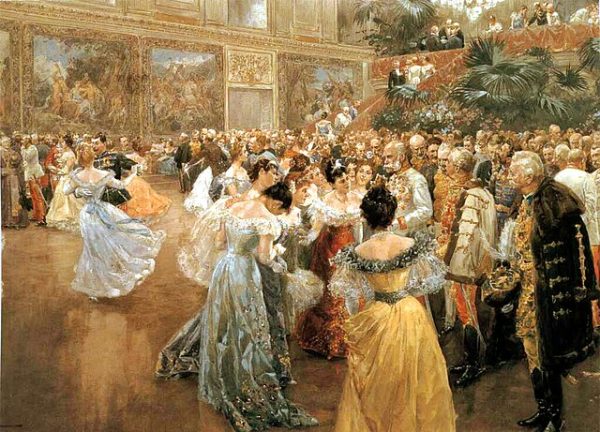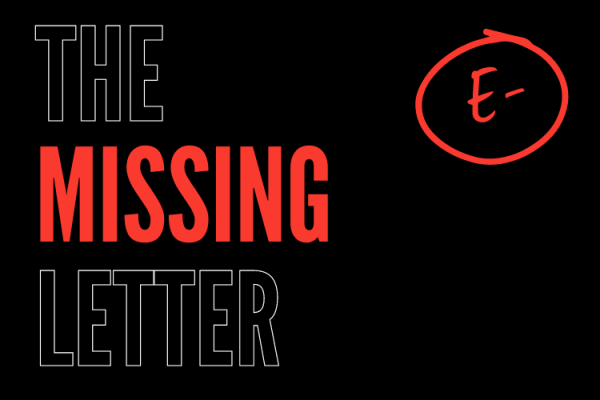Opinion: It’s Time to Get Rid of Daylight Savings
November 17, 2021
Twice a year, Americans change their clocks for Daylight Saving Time. The change happens on the second Sunday of March and the first Sunday of November. Daylight Saving Time is from March to November, and Standard Time is from November to March. In the spring, the clocks move ahead one hour, and in the fall, they move back to Standard Time. After losing an hour of sleep and having to struggle to set the time on your oven, you might be wondering where Daylight Saving Time came from?
Contrary to popular belief, Benjamin Franklin did not invent Daylight Saving Time. Daylight Saving Time was one of many suggestions to conserve energy in his essay An Economical Project, published in 1784. Benjamin Franklin encouraged Parisians to take advantage of daylight. This way, they could conserve lamp oil and candle usage. Benjamin Franklin’s suggestions were not considered in the law until over a century later.
In 1895, British entomologist George Hudson wanted more sunlight to study his insects. He proposed a two-hour shift in the summer. New Zealand rejected his idea. With time, his proposal spread around the world. By the time World War 1 broke out, Germany implemented Daylight Saving Time to conserve energy. The US was quick to follow and adopted Daylight Saving Time during the First and Second World Wars.
In the US, Daylight Saving Time faced backlash from farmers because it disrupted their schedule. The additional hour of darkness in the morning made it difficult for farmers to sell their crops at the market on time and for livestock to adapt to their new schedules.
In contrast, golfers and commercial businesses approved Daylight Saving Time because they got an extra hour of daylight in the evening for bringing in customers.
Daylight Saving Time does not conserve energy the way it used to. We no longer use candles or lamp oil, and we continue to use air conditioning and watch TV even after it gets dark.
Many studies have shown that Daylight Saving Time can have adverse health effects. The American Academy of Sleep Medicine published a position statement that supported a switch to year-round Standard Time because it aligns with our intrinsic circadian rhythm and prevents health complications.
On the other hand, on May 12, 2021, a group of bipartisan senators reintroduced the Sunshine Protection Act. The bill would enforce year-round Daylight Saving Time. Senator Sheldon Whitehouse from Rhode Island affirms, “Making Daylight Saving Time permanent will end the biannual disruptions to daily life and give families more daylight hours to enjoy after work and school.”
Both of the ideas for year-round Standard Time and Daylight Saving Time have their distinctions. The debate between Standard Time and Daylight Saving Time continues today. For now, the current system is a balance of both.










